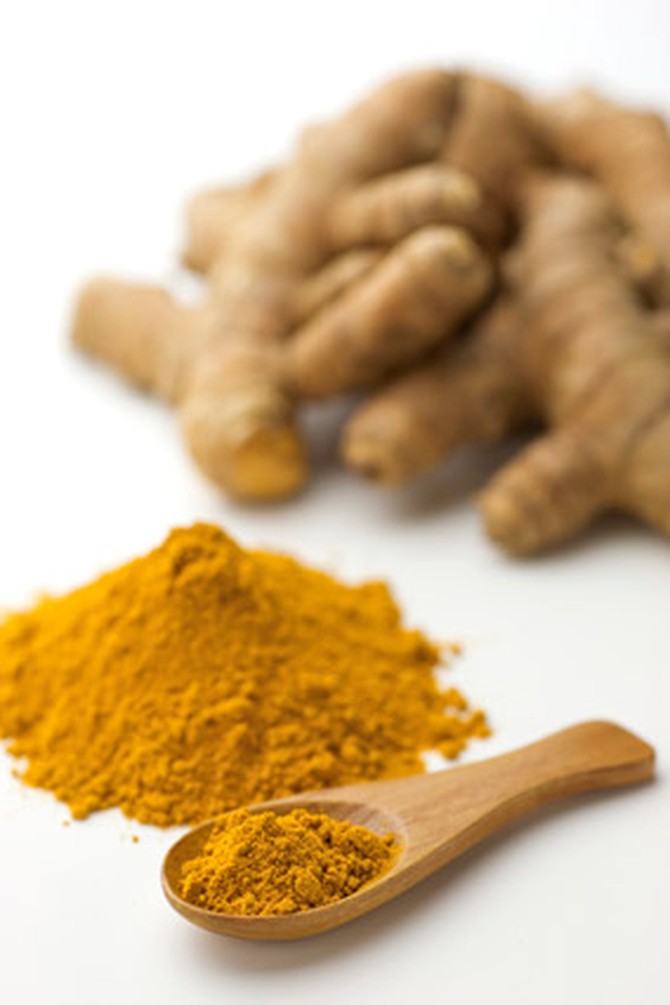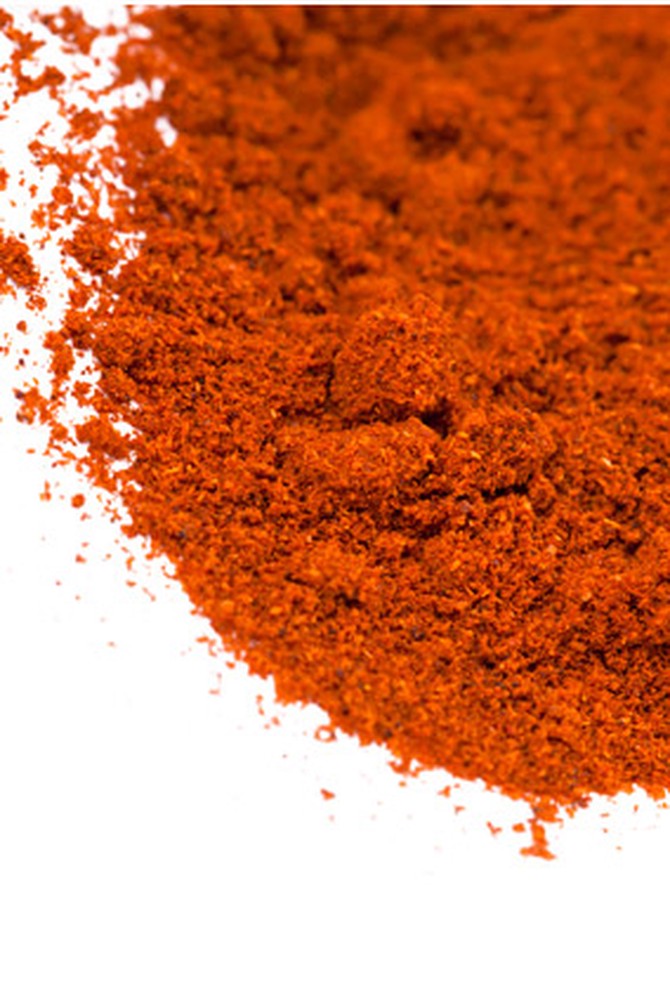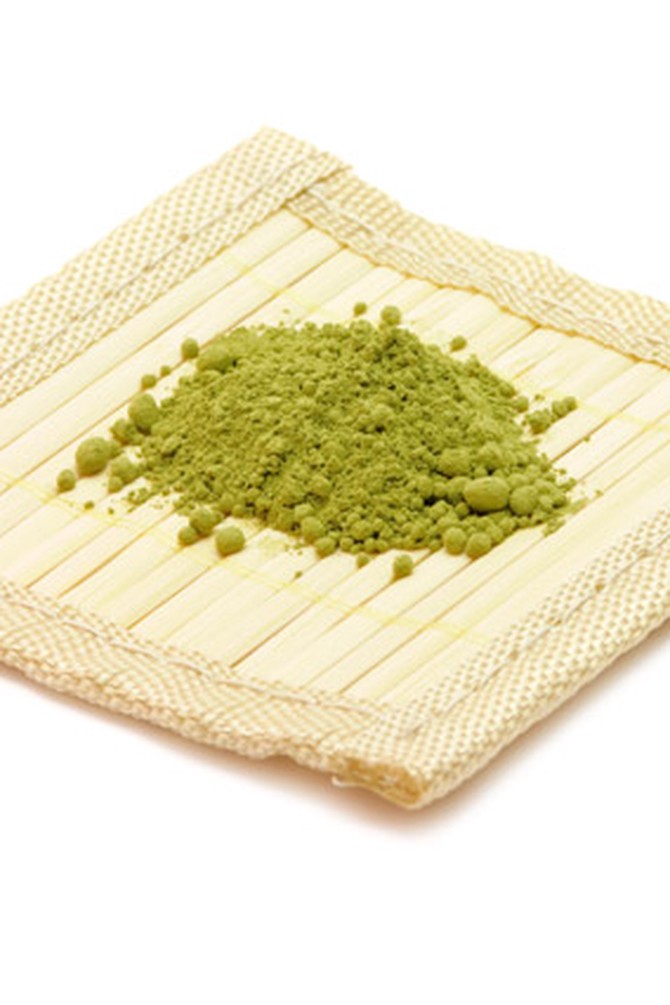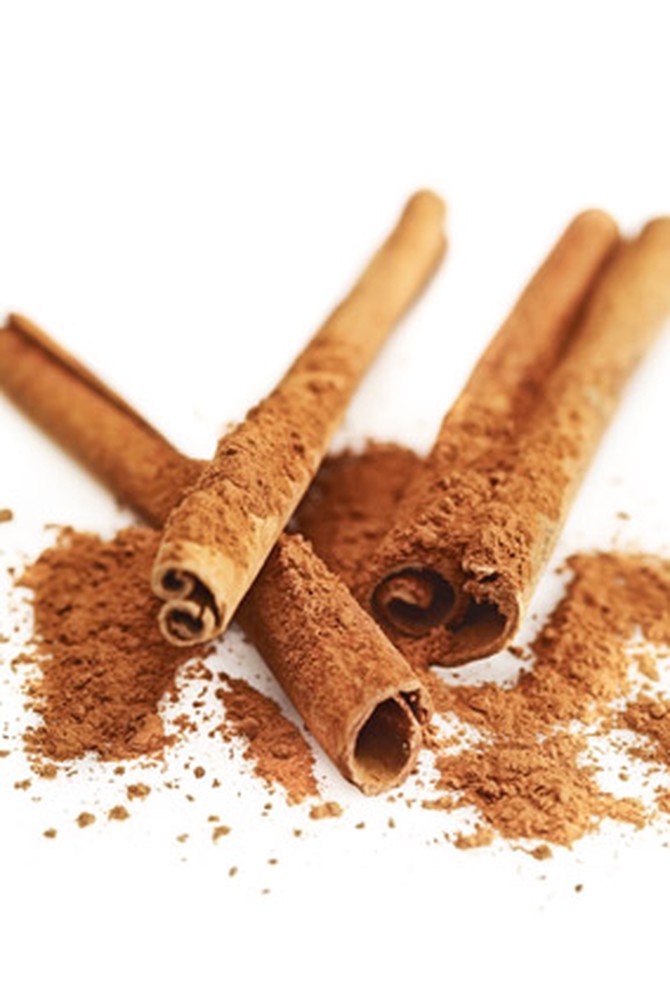Meal Rescue Squad: New Ways to Spice Up Your Everyday Dinner
Move beyond parsley, sage, rosemary and thyme by adding these interesting flavors to the foods you love.
By Lynn Andriani

Photo: Thinkstock
Smoked Spanish Paprika
We all know bacon makes many dishes taste better, but an alternate, meat-free way to add that deep, woodsy flavor is to use smoked Spanish paprika, also known as pimenton. It's different from the generic paprika most of us have in our spice racks (which is so mild that it's best for adding color to finished dishes, like deviled eggs), and it's less intense than Hungarian paprika, which can be quite pungent. Spanish paprika has a rich flavor that, yes, complements chorizo and other meats (Boston chef Richard Garcia uses it in White Bean and Chorizo Stew), but it also goes well with roasted potatoes, scrambled eggs, hummus, veggie chili and even guacamole.
Get the recipe: White Bean and Chorizo Stew
Get the recipe: White Bean and Chorizo Stew

Photo: Thinkstock
Turmeric
This cheery yellow spice—it's been called a poor man's saffron and is the ingredient behind many curry dishes' bright hue—has long been the darling of the Ayurvedic medicine world. Indeed, Dr. Oz says research shows that turmeric may help prevent the accumulation of plaques that build up in the brains of Alzheimer's patients and that can interfere with communication between neurons. Aside from the health benefits, turmeric has a fantastic, earthy flavor, akin to that of horseradish or mustard. It pairs nicely with salty foods (try stirring it into peanut butter and using it as a dip with pretzels for a savory snack), though many other dishes can benefit from it too. Chef Joe Dobias puts it in Yellow Horseradish, which he serves alongside a French dip sandwich, and chef Haim Ben-Simon incorporates it into his simple Mediterranean Rice.
Get the recipes: Yellow Horseradish and Mediterranean Rice
Get the recipes: Yellow Horseradish and Mediterranean Rice

Photo: Thinkstock
Ras el Hanout
This Moroccan spice varies—it translates to "top of the shop" in Arabic and refers to a mixture of the best spices a shop has to offer—but it usually includes cardamom, cinnamon, clove, coriander, cumin, ground chili pepper, nutmeg, peppercorn and turmeric. Tasting a bit like curry but a touch sweeter, it will add a warm flavor to couscous or rice, split pea soup or pita bread wedges (brush with olive oil first and then bake until lightly browned). Or try it in this marinade from chef Scott Anderson, which is tasty on chicken, pork or lamb.
Get the recipe: Ras el Hanout Marinade
Get the recipe: Ras el Hanout Marinade

Photo: Thinkstock
Japanese Curry Powder
The British navy introduced this sweet-and-spicy mix to the Japanese, and the modern-day version definitely resembles an English curry powder more than a Madras one—which means it's only mildly hot, with two herbs you'll never find in Madras curry: sage and oregano. It's a classic addition to a Japanese stew made with onions, potatoes, carrots and meat and served over rice. You can also use it in recipes that call for Madras curry powder, or sprinkle it over chicken breasts before grilling or on top of miso soup. Or try it in chef Anita Lo's Curry Puffs or caterer Andrea Correale's Spiced Nuts.
Get the recipes: Curry Puffs and Spiced Nuts
Get the recipes: Curry Puffs and Spiced Nuts

Photo: Thinkstock
Matcha (Green Tea) Sea Salt
Flavored salts are one of the easiest ways to make a familiar dish taste fresh. Some of the most interesting ones appearing in gourmet food shops now are made with saffron, malt vinegar, sweet onion or vanilla. We're most taken with matcha sea salt, though, and not just because of its verdant green hue. It's a natural for Asian dishes that involve tempura, edamame or tofu (it pairs well with their light flavors), but its floral, grassy taste can also enhance many Western foods. Try it on steamed fish or take a leap and sprinkle it on top of sugar cookies before baking—the bright but subtly salty taste is an unusual complement. Ronit and Shuli Madmone, co-owners of the online spice emporium Whole Spice, even incorporate it into poached eggs.
Get the recipe: Poached Eggs with Matcha Sea Salt
Get the recipe: Poached Eggs with Matcha Sea Salt

Photo: Thinkstock
Ceylon Cinnamon
Most Westerners are used to Saigon cinnamon (also called cassia), which has the hot-sweet flavor that John Beaver, co-owner of Oaktown Spice Shop in Oakland, California, compares to Big Red chewing gum or Atomic Fireballs. But there is actually a wide range of cinnamon available, and one that Beaver's most excited about right now is Ceylon. Its aroma is zesty (think orange pekoe tea), and it has a lighter, less-sweet taste than Saigon cinnamon. Next time you're baking, use it in place of your usual cinnamon. You'll find the ingredient plays more of a supporting role than a dominating one, letting other flavors emerge, such as nuts, chocolate or other spices. Or try it in Black Plum Stew, which chefs Eduard Frauneder and Wolfgang Ban serve alongside caramelized pancakes; or in chef Haim Ben-Simon's unique spin on rugelach.
Get the recipes: Black Plum Stew and Rugelach
Keep Reading
What's worse? 7 surprising truths about food
Get the recipes: Black Plum Stew and Rugelach
Keep Reading
What's worse? 7 surprising truths about food
Published 02/07/2012

